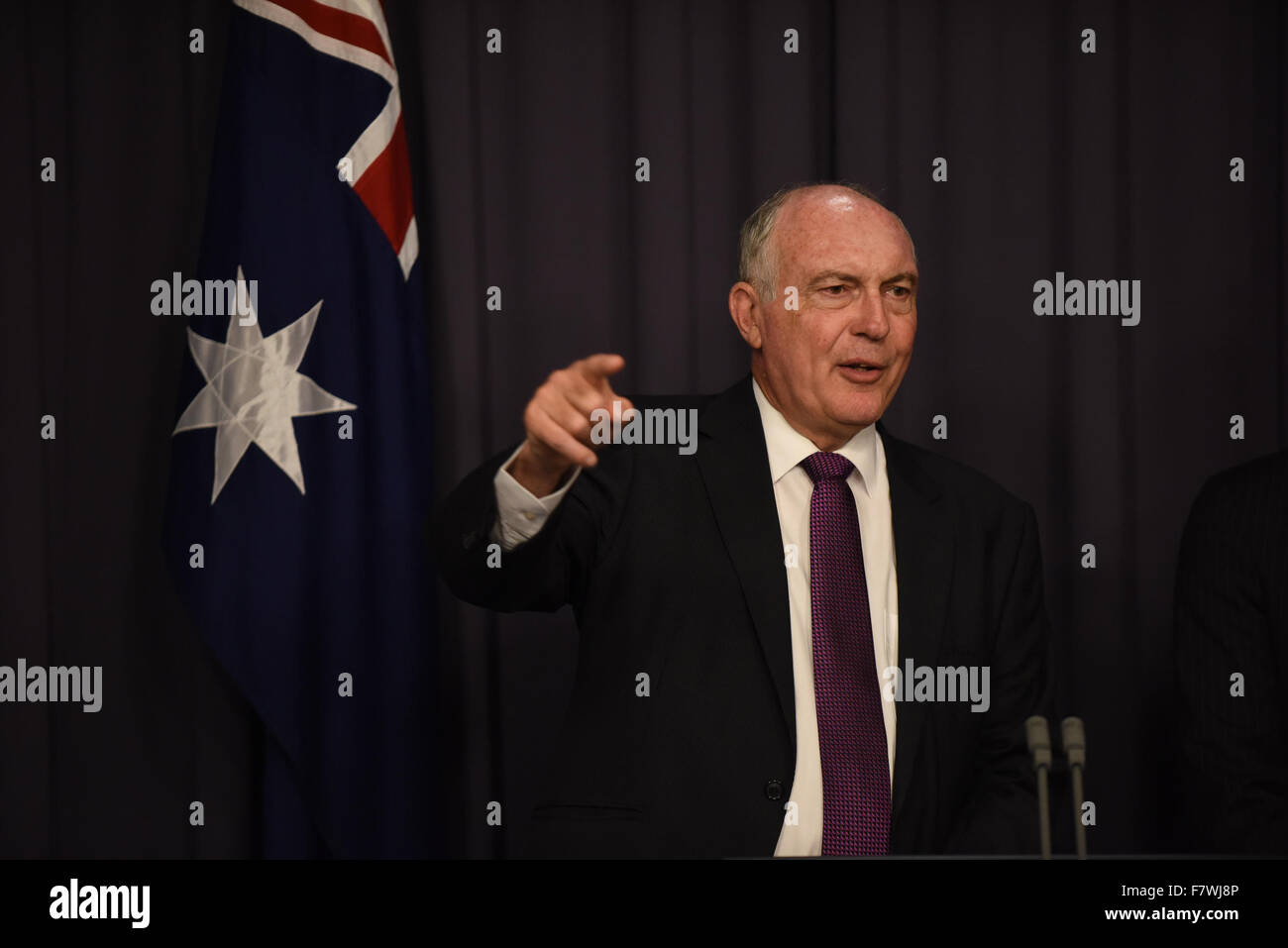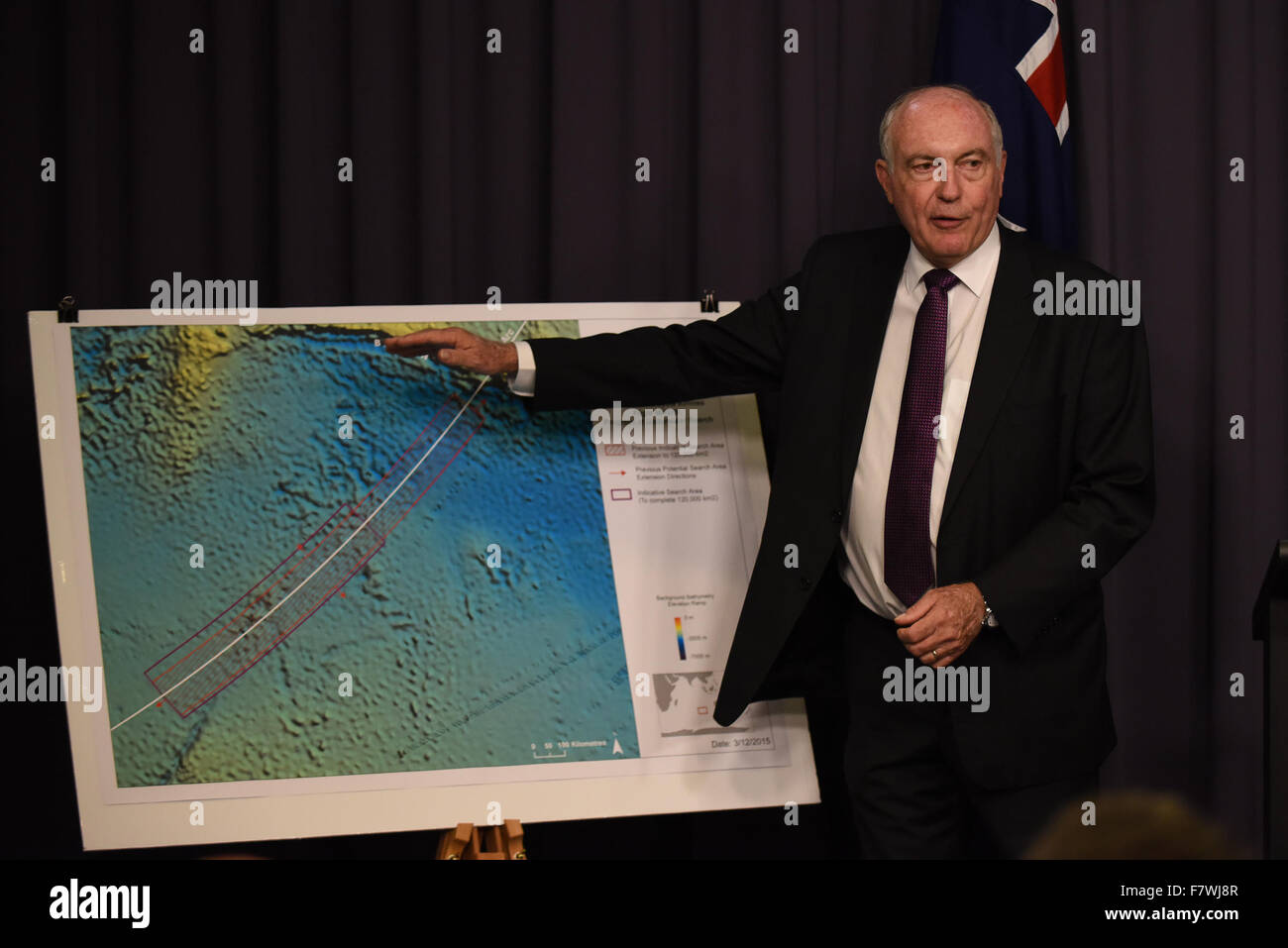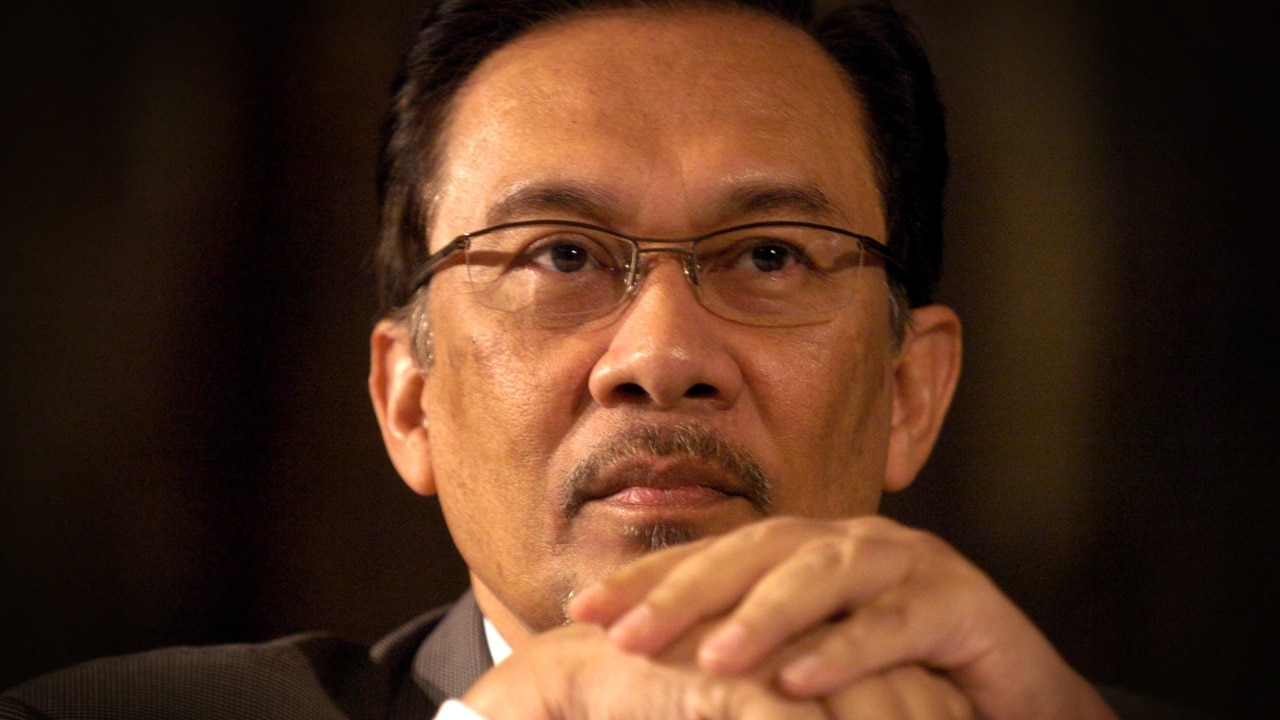Australia responds to fresh MH370 search as Malaysia hopes for a breakthrough. The renewed search for Malaysia Airlines Flight 370, which mysteriously vanished in 2014, has reignited global interest and sparked a renewed wave of hope among the families of the victims. Australia, a key player in the initial investigation, is once again facing the complex task of deciding its level of involvement, balancing its resources against the potential for uncovering answers to a decade-old mystery.
Australia’s renewed efforts in the MH370 search follow Malaysia’s renewed hope for closure. This comes as international attention is also focused on the Pacific, with news that Vanuatu hit by another earthquake as hundreds of Australians return home. The dual crises highlight the complexities of international disaster response and the ongoing need for global cooperation in addressing both natural and man-made tragedies.
Malaysia, meanwhile, is publicly expressing its optimism, emphasizing the significance of this renewed effort in potentially bringing some measure of closure to a tragedy that has profoundly impacted the nation.
This renewed search hinges on advancements in technology and a reassessment of the search area, reflecting the evolution of search and rescue capabilities since the initial investigation. The level of international cooperation will also play a crucial role in the success of the operation, with various nations potentially contributing resources and expertise. The media’s role in shaping public perception and managing expectations is also significant, necessitating a careful balance between reporting facts and respecting the sensitivities surrounding the tragedy.
Australia and Malaysia Respond to Renewed MH370 Search

The renewed search for Malaysia Airlines Flight 370 has reignited international interest and prompted official responses from both Australia and Malaysia. Australia, having played a significant role in previous search efforts, has announced its position, while Malaysia expresses renewed hope for uncovering the fate of the missing aircraft and its passengers.
Australia’s Official Response to the Renewed MH370 Search, Australia responds to fresh MH370 search as Malaysia hopes for a
Australia’s official statement regarding the renewed search is cautiously supportive. While no direct commitment of significant resources has been publicly announced, the government has indicated a willingness to collaborate and share expertise based on the specifics of the new search plan proposed by the private company undertaking the effort. This approach differs from the substantial resources (ships, aircraft, personnel) Australia previously dedicated to the extensive underwater search.
The rationale behind this more measured response likely stems from the financial investment already made in the previous, unsuccessful search, coupled with a focus on prioritizing current national security and defense priorities. This contrasts with the previous involvement which was a major, multi-year commitment demonstrating a strong international collaborative spirit and a commitment to finding closure for the families.
Malaysian Government’s Hopes and Expectations for the Renewed Search

The Malaysian government has expressed considerable hope for the renewed search, emphasizing the desire to finally obtain definitive answers regarding the fate of MH370. Specifically, Malaysia seeks to locate the wreckage, recover any remaining data recorders (black boxes), and gain a clearer understanding of the events leading to the aircraft’s disappearance. A successful search could bring closure to grieving families and potentially shed light on crucial aspects of aviation safety.
Conversely, an unsuccessful search might lead to lingering uncertainty and renewed calls for improved international aviation protocols. Malaysia is actively collaborating with the private company conducting the search and is coordinating with other nations that possess relevant expertise or resources, although the level of direct international involvement appears less extensive than during the previous search efforts.
Australia’s renewed response to the MH370 search follows Malaysia’s expressed hope for closure. The intense focus on this decades-long mystery is a stark contrast to the excitement surrounding upcoming sporting events, such as the College Football Playoff 2024: Quarterfinal first look – ESPN , which promises thrilling competition. Ultimately, both situations highlight the human desire for resolution, whether it be uncovering a lost plane or witnessing a hard-fought victory.
Search Methodology and Technology
The renewed search is expected to employ advanced technologies to improve the chances of locating the wreckage. A comparison of technologies used in the previous search and those proposed for the current effort is presented below:
| Technology | Description | Advantages | Limitations |
|---|---|---|---|
| Side-scan sonar (Previous) | Underwater sonar that creates images of the seabed. | Relatively reliable for detecting large objects. | Limited resolution, can be affected by seabed conditions. |
| Autonomous Underwater Vehicles (AUVs) (Previous & Current) | Unmanned submersibles capable of mapping large areas of the seabed. | Can cover large areas efficiently, high resolution mapping. | Limited battery life, vulnerable to ocean currents. |
| Advanced AUVs with improved sensors (Current) | AUVs with enhanced sensors for detecting smaller objects and debris. | Increased sensitivity, potentially detecting smaller wreckage pieces. | Higher cost, more complex operation. |
| Satellite imagery analysis (Current) | Advanced image processing techniques to analyze satellite data for potential debris fields. | Can potentially identify areas of interest for targeted underwater searches. | Dependent on weather conditions and image resolution. |
Key technological advancements, such as improved AUV sensors and more sophisticated data analysis techniques, are expected to significantly improve the search’s effectiveness. The planned search area is likely to focus on areas identified through previous satellite data analysis and modelling of the aircraft’s likely trajectory, but with more refined parameters based on the latest technological capabilities. Potential challenges include the vastness of the search area, unpredictable ocean currents, and the potential degradation of the wreckage over time.
International Cooperation and Support for the Renewed Search

While the level of direct international involvement in this renewed search appears less extensive than before, international cooperation remains crucial. Several nations may offer support in various forms, including:
- Financial contributions
- Provision of specialized equipment or technology
- Sharing of expertise and data analysis capabilities
- Deployment of personnel with relevant skills
Geopolitical factors, such as national priorities and resource constraints, will influence the extent of international collaboration. Compared to the previous, large-scale multinational effort, this renewed search relies more heavily on a private company’s initiative, reducing the level of overt, coordinated international action, though sharing of data and expertise is still expected.
Public Reaction and Media Coverage of the Renewed Search
Public reaction in both Australia and Malaysia is a mix of hope and cautious optimism. Families of the victims are understandably eager for closure, while the general public expresses a combination of renewed interest and skepticism. Media coverage has been significant, highlighting both the potential for success and the challenges involved. The media’s portrayal plays a crucial role in shaping public perception and expectations, emphasizing the need for responsible and ethical reporting, given the sensitivity surrounding the issue.
Ethical considerations include avoiding sensationalism, respecting the privacy of grieving families, and ensuring accuracy in reporting.
Potential Outcomes and Their Implications for the Renewed MH370 Search
Several scenarios are possible:
- Wreckage found: This would bring closure to families and allow for a thorough investigation into the cause of the crash. It could also lead to improvements in aviation safety regulations.
- No wreckage found: This would leave many questions unanswered, potentially leading to continued speculation and frustration among families and the public. It could also raise questions about the effectiveness of search methods and technologies.
- Partial findings: The discovery of some wreckage or debris but not the main fuselage could provide some answers but leave many questions unanswered, potentially leading to a mix of relief and continued uncertainty.
A hypothetical timeline might include initial seabed mapping, targeted searches based on identified anomalies, potential recovery of wreckage and black boxes, and final analysis and report release. Regardless of the outcome, the search will likely impact future aviation safety regulations, potentially leading to stricter protocols for monitoring aircraft and managing potential emergencies.
The renewed search for MH370 represents a complex interplay of hope, technological advancement, and international collaboration. While the outcome remains uncertain, the very act of resuming the search signifies a continued commitment to resolving this enduring mystery. The potential implications – whether the wreckage is found, partially found, or not found at all – are profound, impacting not only the families of the victims but also shaping future aviation safety regulations and international cooperation protocols in disaster response.
The world watches, holding its breath, as this renewed search unfolds, offering a glimmer of hope amidst years of unanswered questions.
Question & Answer Hub: Australia Responds To Fresh MH370 Search As Malaysia Hopes For A
What specific technologies are being used in this new search that were not available before?
This search is likely leveraging advancements in autonomous underwater vehicles (AUVs), improved sonar technology, and potentially artificial intelligence for analyzing vast amounts of data collected from the ocean floor.
What is the estimated cost of this renewed search effort?
The exact cost is yet to be publicly disclosed, but it’s expected to be substantial, involving significant investment in equipment, personnel, and logistical support.
What are the legal and jurisdictional implications of finding the wreckage?
The location of the wreckage and the jurisdiction under which any investigation of the wreckage would fall are complex legal matters that will need to be addressed should the wreckage be located.
